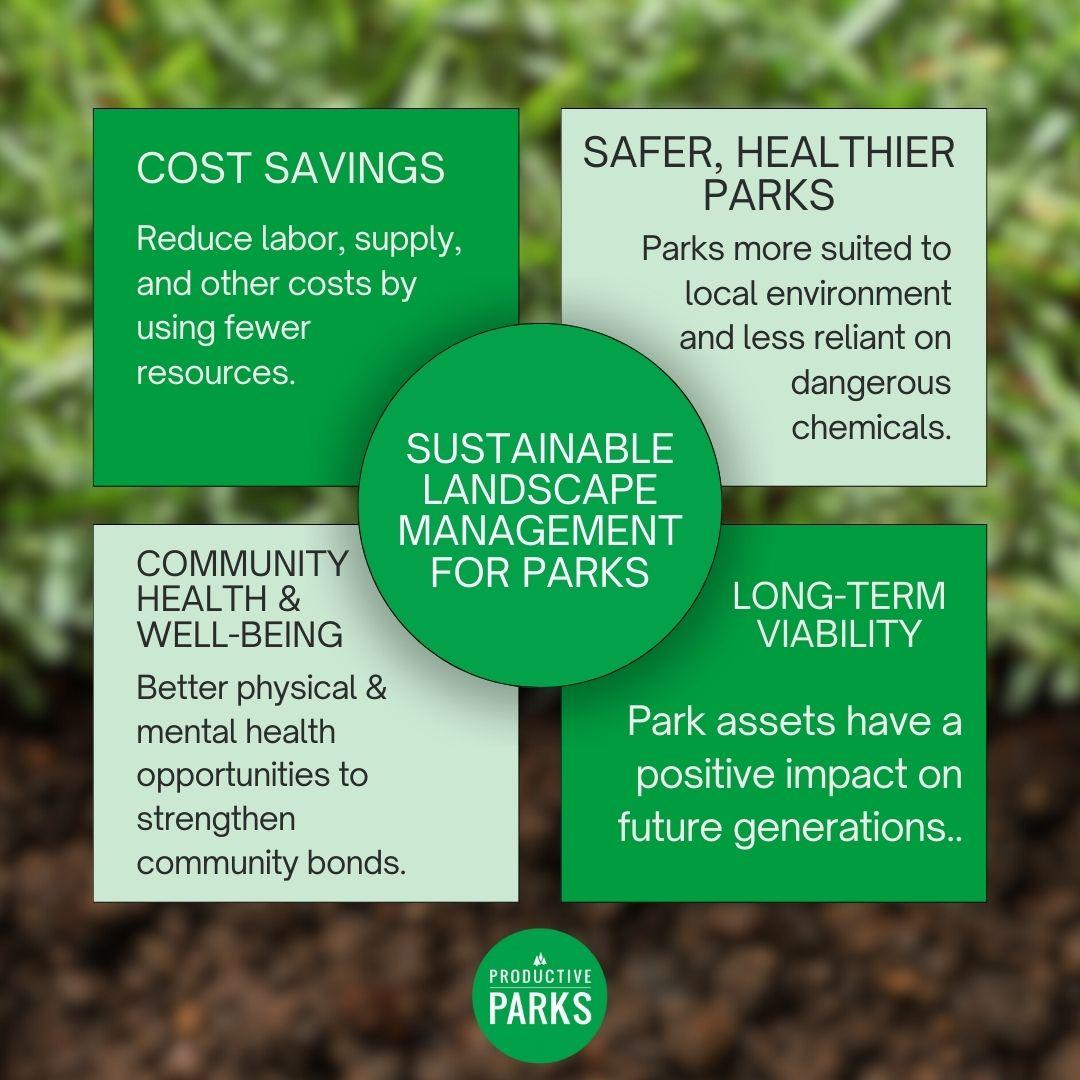In the realm of television comedy, few shows have managed to blend humor with insightful social commentary as effectively as “Parks and Recreation.” Premiering in 2009 and concluding in 2015, this mockumentary-style series initially struggled to find its footing, often overshadowed by its predecessor, “The Office.” However, as it evolved, “Parks and Recreation” emerged as a subtle yet profound exploration of community, governance, and the human spirit. Through its eclectic ensemble cast and meticulously crafted narrative arcs, the show offers a nuanced critique of public service and civic engagement, wrapped in the guise of comedic entertainment. This article delves into the hidden genius of “Parks and Recreation,” examining how its seemingly lighthearted approach masks a deeper, more complex examination of the socio-political dynamics that shape our everyday lives. By analyzing its character development, thematic depth, and cultural impact, we uncover the layers of intelligence embedded within this beloved series, revealing why it continues to resonate with audiences today.
Understanding the Multifaceted Benefits of Urban Green Spaces
Urban green spaces are not merely patches of grass amidst the concrete jungle; they are dynamic ecosystems that serve a multitude of purposes. From enhancing mental well-being to fostering biodiversity, these spaces are a testament to nature’s resilience in urban settings. Studies have shown that proximity to parks and green areas can significantly reduce stress levels, offering a tranquil escape from the hustle and bustle of city life. Moreover, these spaces act as natural air purifiers, absorbing pollutants and releasing oxygen, which contributes to improved air quality.
- Mental Health Benefits: Regular interaction with nature has been linked to reduced anxiety and depression.
- Community Engagement: Parks provide a venue for social interactions, encouraging community building.
- Environmental Impact: They play a crucial role in managing urban heat and mitigating climate change effects.
- Economic Advantages: Properties near green spaces often see increased value, boosting local economies.
Incorporating more of these green oases into urban planning is essential for sustainable development. They are not just an aesthetic addition but a vital component of urban ecosystems, offering a host of benefits that extend beyond their immediate surroundings.
Exploring the Role of Parks in Community Health and Well-being
Parks serve as vital green lungs within urban landscapes, offering a sanctuary from the hustle and bustle of city life. They are more than just aesthetic spaces; they are instrumental in enhancing community health and well-being. Research has shown that parks provide numerous physical benefits, such as encouraging exercise and reducing obesity rates. Moreover, these spaces are crucial for mental health, offering a serene environment that reduces stress and anxiety. Regular exposure to nature has been linked to improved mood and increased creativity, making parks essential for both physical and mental rejuvenation.
The role of parks extends beyond individual health benefits. They act as social equalizers, providing a shared space for diverse groups to engage in recreational activities. This fosters community interaction and strengthens social bonds, reducing feelings of isolation. Parks also serve as platforms for cultural expression and local events, promoting a sense of belonging and cultural appreciation. Furthermore, urban parks contribute to environmental health by improving air quality and supporting biodiversity. By understanding and enhancing these multifaceted roles, we can leverage parks to create healthier, more cohesive communities.

Innovative Approaches to Enhancing Park Accessibility and Inclusivity
As urban landscapes evolve, so too must the strategies that ensure everyone can enjoy the benefits of green spaces. Modern parks are embracing universal design principles that prioritize accessibility for all individuals, regardless of physical ability. This involves the integration of features like tactile pathways, auditory guideposts, and ramps with gentle slopes. Moreover, technology plays a pivotal role in enhancing park accessibility. Mobile apps are now being developed to provide real-time information about park amenities, including accessible restrooms, parking, and navigation routes tailored to different needs.
Beyond physical enhancements, inclusivity is fostered through diverse programming that caters to various community groups. Parks are increasingly hosting events and activities designed for multigenerational engagement and cultural diversity. Some innovative practices include:
- Sensory-friendly events that cater to individuals with sensory processing disorders.
- Cultural festivals that celebrate and educate about the diverse heritages within the community.
- Adaptive sports programs that provide equipment and coaching for people with disabilities.
These approaches not only make parks more accessible but also transform them into vibrant, inclusive hubs where all community members can connect and thrive.

Strategies for Sustainable Park Management and Development
In the intricate balance of nature and urbanization, parks serve as vital green lungs for our cities, demanding thoughtful approaches to management and development. Adaptive management is a key strategy that emphasizes flexibility and responsiveness. By integrating real-time data and community feedback, park administrators can adjust management practices to better align with ecological changes and user needs. This method not only enhances ecological resilience but also ensures that parks remain relevant and accessible to diverse populations.
Another effective strategy is the implementation of sustainable infrastructure. This involves the use of eco-friendly materials and technologies in park facilities, such as solar-powered lighting and rainwater harvesting systems. Sustainable infrastructure reduces the environmental footprint of parks while providing educational opportunities for visitors. Key practices include:
- Incorporating native plant species to enhance biodiversity and reduce maintenance.
- Developing multi-use trails to accommodate a variety of activities without extensive land alteration.
- Promoting green transportation options like bike-sharing programs and electric vehicle charging stations.
By embedding these strategies into the fabric of park management, communities can foster environments that are not only enjoyable but also sustainable for future generations.
To Conclude
“Parks and Recreation” offers a rich tapestry of insights that extend far beyond its comedic surface. The show’s adept blending of humor with poignant social commentary and character development reveals a nuanced understanding of community dynamics and governance. Through its diverse cast and innovative storytelling, it subtly critiques and celebrates the intricacies of public service and civic engagement. By exploring themes of ambition, cooperation, and resilience, “Parks and Recreation” invites viewers to reflect on the multifaceted nature of leadership and the enduring impact of collective action. As we continue to navigate complex societal challenges, the hidden genius of this series lies in its ability to inspire thoughtful consideration of how we can work together to build stronger, more inclusive communities.
